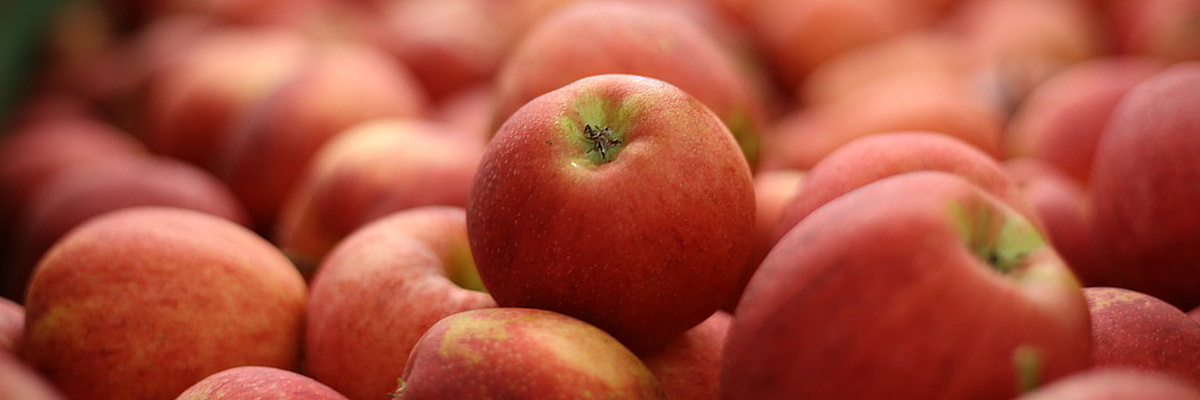


Apples, one of today’s most familiar and beloved fruits, have a fascinating and complex history. Their evolution, shaped by natural forces and human intervention, is a complex interplay of biology, geography, and trade. Genetic studies, particularly those focused on the wild apple ancestors in the Tian Shan mountains in Kazakhstan, have been instrumental in tracing the apple’s journey from ancient forests to the modern orchards we know today.
Recent genetic studies suggests that the modern apple is not the product of a single evolutionary lineage but rather a hybrid primarily of Malus sieversii and Malus sylvestries, with additional contributions from other wild apples. Apples need pollen from a different tree to produce fruit because they cannot pollinate themselves. Over time, different species of apple exchange pollen leading to a combination of their traits: a process called hybridization. This is why planting an apple seed often results in a wild, unpredictable tree – commonly resembling a crab-apple – rather than an apple fruit with the same traits as the parent apple which was planted.
Unlike cereal crops like wheat and rice, which underwent a long and gradual domestication process under intense human cultivation, apples followed a different path. The domestication of apple trees involved natural processes like hybridization and human intervention through grafting – a form of cloning – rather than a slow, deliberate selection of traits over thousands of generations.
In a fascinating study by Robert Sprengler, the director of paleoethnobotany at the Max Planck Institute for the Science of Human History, the author raises the hypothesis that apple trees evolved large, fleshy fruits to attract large animals for seed dispersal long before humans began cultivating them. After the last Ice Age, however, many of these large animals went extinct and the wild populations of apple trees became more isolated.
It was only when humans began moving apples across continents, especially along trade routes like the Silk Road, that the hybridization process accelerated. The natural exchange of pollen between different apple species, combined with human practices like grafting, allowed the apple to adapt to new environments and grow into the sweeter fruit we know today. These developments made the apple an important source of nutrition but also one of the most iconic and culturally significant fruits in the world, deeply rooted in the history and traditions of many cultures. Among the many varieties that have thrived across regions, some, grown in the sunny orchards of the Alps, truly capture the crips freshness and balanced flavour that make apples such a beloved fruit.
Currently, apple breeding focuses on improving traits like shelf life, pest resistance, and adaptability to climate change. This helps to ensure that future generations can enjoy apples that are both resilient and flavourful.